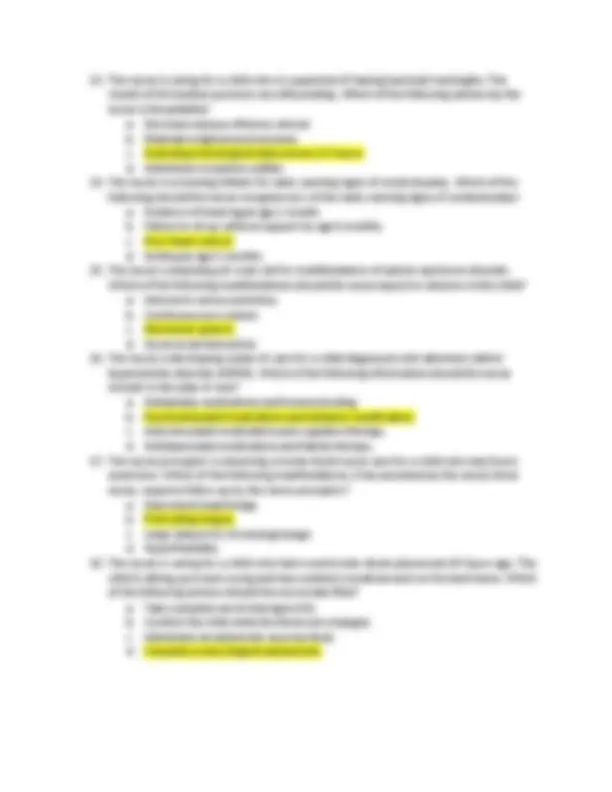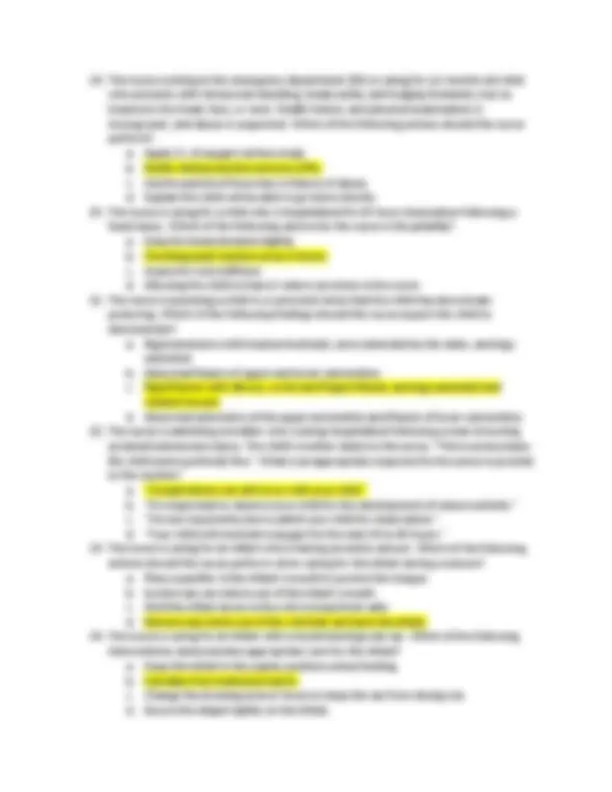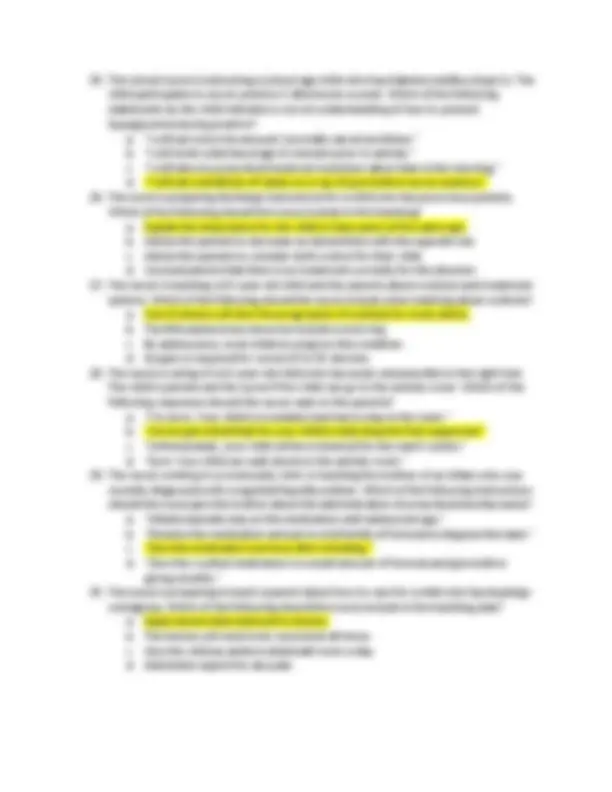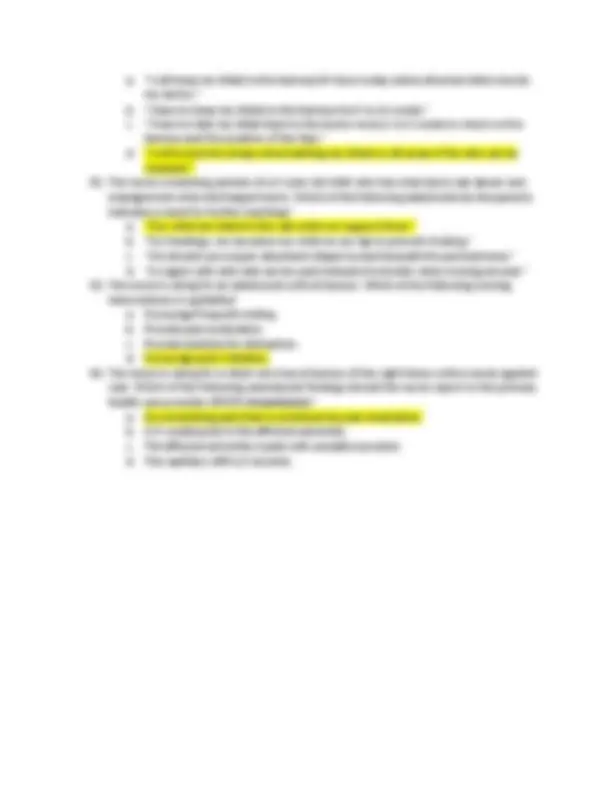






Study with the several resources on Docsity

Earn points by helping other students or get them with a premium plan


Prepare for your exams
Study with the several resources on Docsity

Earn points to download
Earn points by helping other students or get them with a premium plan
Community
Ask the community for help and clear up your study doubts
Discover the best universities in your country according to Docsity users
Free resources
Download our free guides on studying techniques, anxiety management strategies, and thesis advice from Docsity tutors
A wide range of pediatric nursing topics, including caring for children with leukemia, wilm's tumor, sickle cell disease, hemophilia, iron-deficiency anemia, neuroblastoma, increased intracranial pressure, reye's syndrome, bacterial meningitis, cerebral palsy, adhd, down syndrome, ventricular shunt placement, head injury, coma, seizures, omphalocele, diabetes mellitus, precocious puberty, scoliosis, impetigo contagiosa, atopic dermatitis, pediculosis capitis, phenylketonuria, lyme disease, compartment syndrome, clubfoot, severe scoliosis, and juvenile idiopathic arthritis. The nurse's role in assessing, planning, and implementing appropriate interventions for these pediatric conditions is discussed, providing valuable insights for nursing students and professionals working in pediatric healthcare settings.
Typology: Exams
1 / 8

This page cannot be seen from the preview
Don't miss anything!





Maternal
a. “I will keep my infant in the harness 24 hours a day unless directed otherwise by my doctor.” b. “I have to keep my infant in this harness for 6 to 12 weeks.” c. “I have to take my infant back to the doctor every 1 to 2 weeks to check on the harness and the position of the hips.” d. “I will loosen the straps when bathing my infant so all areas of the skin can be cleansed.”